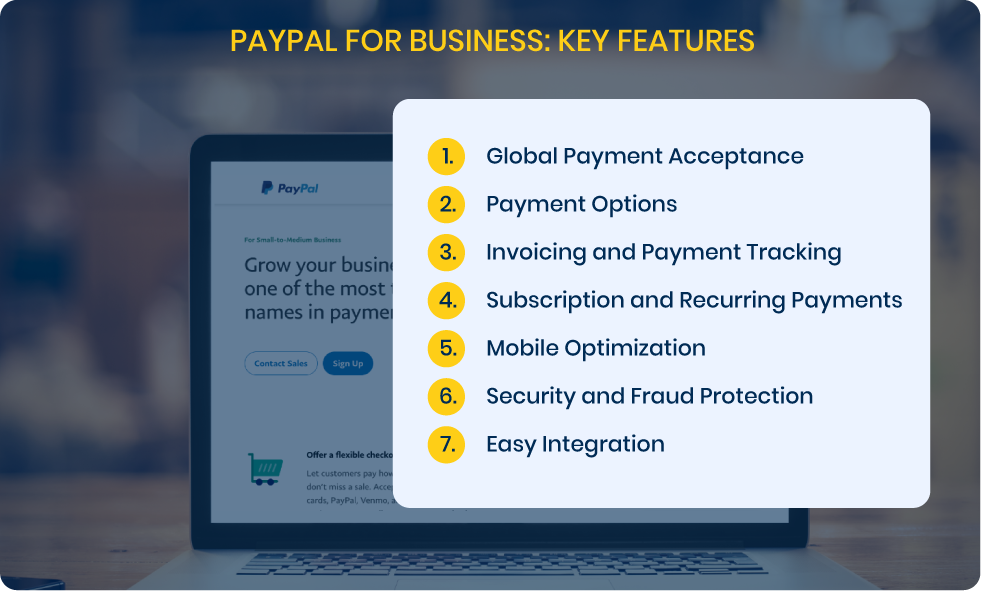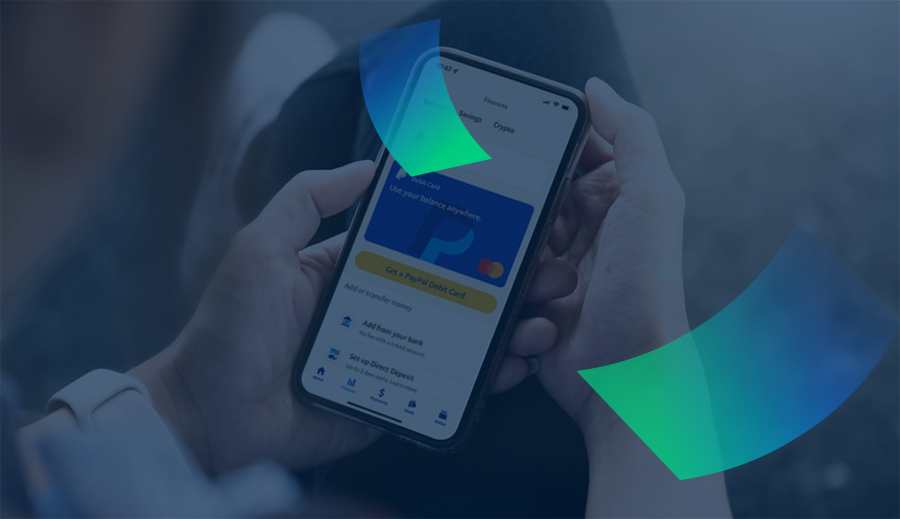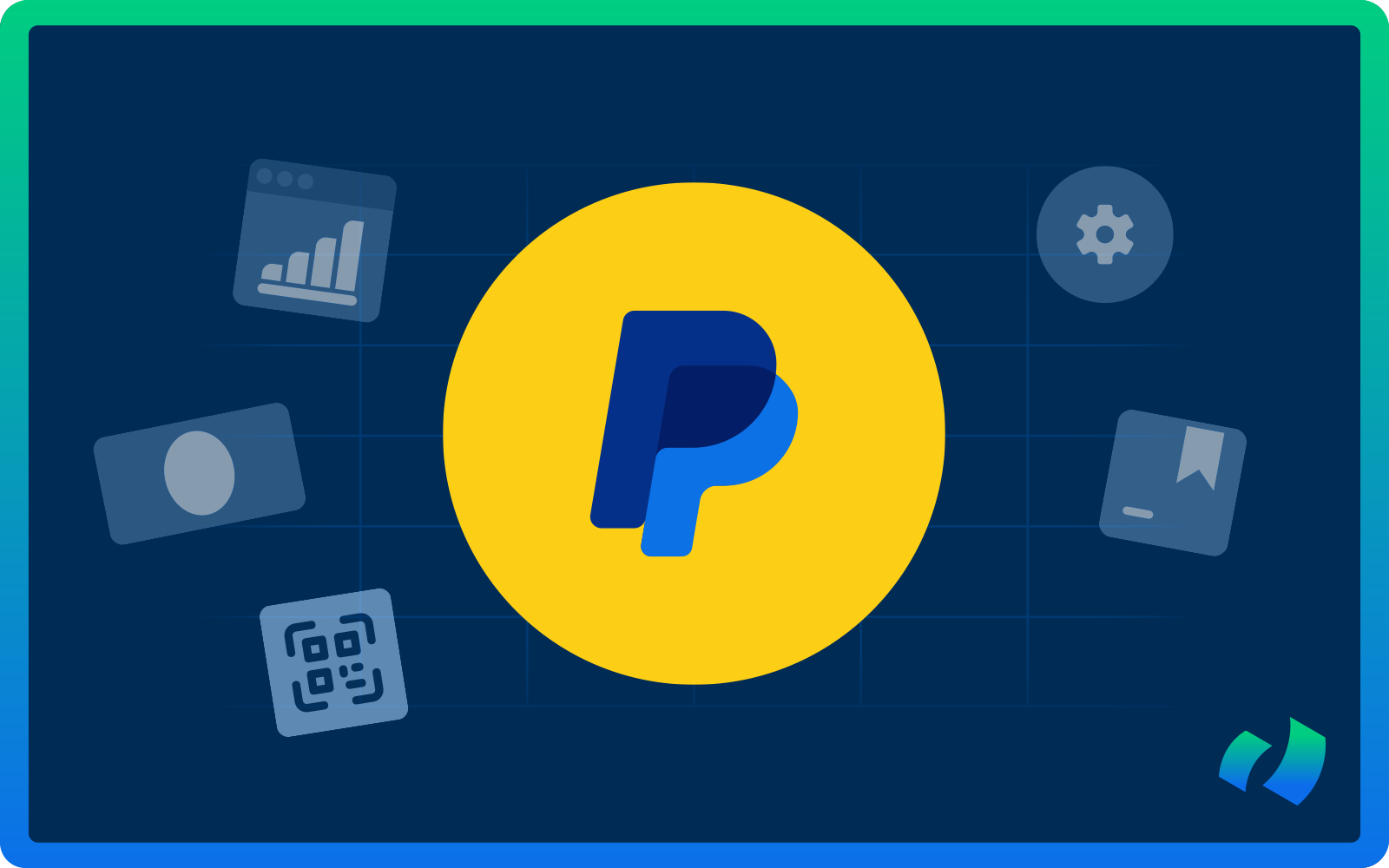In the early 2000s, online shopping became increasingly popular, and people needed a secure way to make payments online. PayPal was created in 1998 to address this need and has since become one of the most widely used online payment platforms in the world.
PayPal has transformed the way we handle transactions by offering a secure, user-friendly platform for individuals and businesses. Whether you’re shopping online, sending money to a friend, or running a business, PayPal provides a versatile and efficient solution for all your payment needs.
In this guide, we will explore what PayPal is, how it operates, its benefits, and its various features, helping you navigate the world of digital payments effectively.
What is PayPal?
PayPal is an American company that operates a global online payment platform, allowing individuals and businesses to make and receive payments electronically. It has become one of the world’s largest internet payment companies.
PayPal enables users to make transactions without sharing their financial information, providing a safer alternative to traditional payment methods like credit cards or bank transfers.
As one of the first companies to offer a digital wallet service, PayPal allows users to send and receive money over the internet. With millions of users worldwide, it has become synonymous with online payments, facilitating transactions in over 25 currencies.
PayPal for Business
PayPal offers businesses an efficient, secure, and globally recognized platform to manage online payments. Whether you run a small e-commerce shop or manage a large enterprise, PayPal provides a comprehensive suite of tools to help grow your business, simplify payment processing, and manage finances. It currently serves over 15 million merchants worldwide.
With its wide range of features, global reach, and strong focus on security, PayPal is a trusted choice for businesses looking to streamline payment processes and scale their operations.
PayPal for Business: Key Features

1) Global Payment Acceptance
PayPal enables businesses to accept payments from over 200 countries and regions, supporting multiple currencies. It simplifies reaching a global customer base without the need to manage complex currency exchanges.
2) Payment Options
PayPal for business offers a variety of payment methods, including credit and debit cards, PayPal account payments, and local payment options. Customers can choose their preferred payment method, making transactions easier and helping to reduce cart abandonment.
3) Invoicing and Payment Tracking
PayPal’s invoicing system allows businesses to send professional, customizable invoices and track payments in real time. Automated reminders and recurring billing options promote timely payments, while the dashboard offers a clear overview of pending and completed transactions.
4) Subscription and Recurring Payments
PayPal supports recurring payments, ideal for businesses offering subscription services or memberships. The automated billing process simplifies managing customer subscriptions.
5) Mobile Optimization
With a mobile-friendly interface and the PayPal Business app, businesses can accept payments on the go, track sales, manage invoices, and more. This flexibility ensures business owners can stay on top of their operations, regardless of their location.
6) Security and Fraud Protection
PayPal provides advanced security features, including encryption, fraud detection, and buyer/seller protection, ensuring secure transactions and fair dispute resolution. These measures foster trust and loyalty by offering peace of mind to both businesses and customers.
7) Easy Integration
PayPal integrates with a wide range of B2B platforms, including popular e-commerce sites like Shopify and Magento, as well as enterprise resource planning (ERP) software. This integration simplifies the management of payments, orders, and financial data in one centralized location.
For businesses with specific needs, PayPal offers APIs that enable custom integration with existing systems, providing flexibility for more complex workflows and payment management processes.

How Does PayPal for Businesses Work?
Before a business can start using PayPal for B2B purposes, it must first set up a PayPal business account. Below is a detailed overview of the steps involved and what to expect when getting started.
Creating a PayPal Business Account
A business account is tailored specifically for companies. It offers advanced features such as invoicing, multi-user access, and integration with business tools.
Follow these steps to get started:
1) Sign Up for a Business Account
Visit the PayPal website and select the option to sign up for a business account.
- You’ll need to provide essential details, including your business name, email address, and type of business (sole proprietor, partnership, corporation, etc.)
- Create a password and provide contact details for the primary account holder (usually the business owner or manager)
2) Verify Your Business Information
After signing up, PayPal will request additional information to verify your business identity. This typically includes:
- Business address
- Tax Identification Number (TIN) or Employer Identification Number (EIN) (for U.S.-registered businesses)
- Business registration details (such as company name and registration number)
You may also be asked to provide documents such as a utility bill or business license to verify your business address and legitimacy.
3) Link a Business Bank Account
To receive payments and withdraw funds, you’ll need to link your business bank account to PayPal. This is essential for transferring funds between PayPal and your bank.
- PayPal will request your bank’s routing number and account number. After entering this information, PayPal will make two small deposits into your account.
- You’ll need to confirm these amounts in your PayPal account to complete the verification process.
4) Set Up Payment Preferences
Once your account is verified, you can configure your payment preferences based on your business needs:
- Select the primary currency you will use for transactions
- Set up preferred methods of receiving payments (PayPal balance, credit/debit card, etc.)
- Integrate PayPal with your e-commerce site or invoicing system
Integrating PayPal with Business Platforms
To fully leverage PayPal for B2B transactions, it’s important to integrate it with your existing business platforms. PayPal supports a wide range of tools and systems that businesses commonly use for managing sales, inventory, and accounting.
- E-commerce Platforms
If you sell products or services online, PayPal integrates with most major e-commerce platforms. This allows businesses to accept payments from clients directly through their online store with just a few clicks. PayPal provides a seamless checkout experience, which can help reduce cart abandonment by offering customers familiar and trusted payment options.
- Accounting and Financial Tools
PayPal connects with popular accounting software like Netsuite, QuickBooks, and Xero, simplifying the process of tracking payments, managing expenses, and preparing financial reports. Transactions are automatically synced with your accounting software, making bookkeeping more accurate and less time-consuming.
Additionally, you can generate financial reports directly through PayPal, such as profit and loss summaries, tax documents, and sales histories – especially useful for end-of-year financial analysis and tax filings.
- Custom APIs for Larger Businesses
For businesses with unique payment needs or those running large enterprises, PayPal provides APIs (Application Programming Interfaces) that allow developers to integrate PayPal with custom business systems or applications.
For example, if you run a marketplace or B2B platform, PayPal’s API can help manage complex payment flows, such as splitting payments between different suppliers or automating refunds.
Customizing Your PayPal Business Account
You can further customize your business account to suit your B2B needs:
1) Set Up Payment Buttons
- PayPal provides tools to create custom payment buttons for your website, allowing your clients to make payments directly from your site. These buttons can be tailored to match the look and feel of your brand.
2) Configure Tax and Shipping Settings
- If your business ships physical goods, you can configure tax and shipping options within your PayPal account. This setup enables accurate calculation of taxes and shipping fees during checkout, which is particularly useful for B2B transactions involving bulk orders.
Making Business Transactions with PayPal

Once your PayPal business account is set up and integrated with your existing systems, you can start making transactions.
Sending Payments
- Log In to Your PayPal Account: Go to the PayPal website and log in to your business account.
- Choose the Send Money Option: Click on the “Send & Request” tab at the top of the page. Select “Pay for Goods and Services” for business transactions.
- Enter the Recipient’s Information: Input the email address or mobile number of the recipient. Enter the amount you wish to send and choose the currency.
- Add a Note or Invoice (Optional): You can add a note to specify the purpose of the payment or attach an invoice for clarity.
- Choose Your Payment Method: Select how you want to fund the payment (PayPal balance, bank account, or credit/debit card).
- Review and Confirm: Review the payment details and click “Send Payment Now” to complete the transaction.
Receiving Payments
Receiving payments from clients or customers is equally straightforward.
Requesting Payments
- Send an Invoice: You can create and send an invoice to request payment. This method is preferred for B2B transactions, as it provides a clear record of the transaction.
- Payment Requests: Send a payment request via email by clicking “Request Money” under the “Send & Request” tab. Fill in the recipient’s details, the amount, and any notes, then send the request.
Payment Processing
- Payment Notification: Once a payment is made, you will receive an email notification from PayPal. The funds will typically appear in your PayPal account balance shortly after the payment is processed.
- Withdraw Funds: To access your funds, you can withdraw them to your linked bank account. Click on “Transfer Money” in your PayPal account, select “Transfer to Your Bank,” and follow the prompts.
Managing Received Payments
- View Transaction History: You can view all transactions in your account under the “Activity” tab. This includes details such as payment status, dates, and transaction IDs for record-keeping.
- Issue Refunds: If necessary, you can issue refunds directly through your PayPal account. Navigate to the transaction you want to refund and click “Refund this payment.” Follow the prompts to complete the process.
Benefits of Using PayPal for Business
1) Quick Setup and Easy Access
Setting up a PayPal business account is straightforward and can be completed in minutes. Once established, you can immediately start accepting payments, reducing the time and complexity associated with traditional payment processors.
2) No Monthly Fees
PayPal for business does not charge any setup or monthly fees. You only pay a fee when you receive a payment, making it cost-effective for small businesses and startups.
3) Scalability
As your business grows, PayPal grows with you. The platform offers additional tools like PayPal Working Capital, shipping and tax calculators, and multi-user access to support larger teams and more complex business needs.
4) Access to Funds
With PayPal, businesses can access funds almost instantly, transferring them to a linked bank account or using the PayPal Business Debit Mastercard for immediate access. This quick availability of funds can improve cash flow and support operational flexibility.
5) Global Reach
PayPal’s global reputation and extensive network enable businesses to reach international customers more easily. With multi-currency options and seamless currency conversion, businesses can expand their customer base without worrying about complex international payment logistics.






